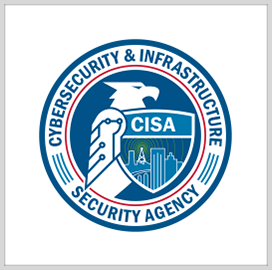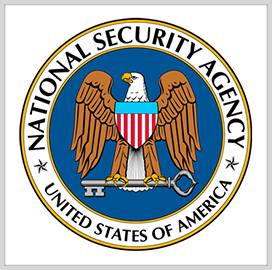Daniele Kurze, director of the Defense Logistics Agency’s Office of Small Business Programs, said helping small businesses address challenges related to the contracting market by helping them find opportunities for sustainment and growth is one of her near-term goals.
When it comes to long-term goals, one of Kurze’s priorities is establishing pilot programs like the one DLA initiated with the U.S. Air Force to establish a single entry point for source approval requests, DLA said Thursday.
“We are really creating a one-stop shop coming to Air Force or DLA, where we have different processes, but we are working to streamline our processes to reduce the administrative lead time to becoming an approved source,” she said Tuesday at a conference in Washington, D.C.
The former director of supplier operations at DLA cited the benefits of the Pathway to Supplier roadmap and offered updates on the agency’s first-ever mentor-protege program.
“DLA just awarded its first three mentor-protege agreements thanks to the collaboration of everyone here in helping us get there,” Kurze said. “We are excited about the program and intend on growing it this year.”













